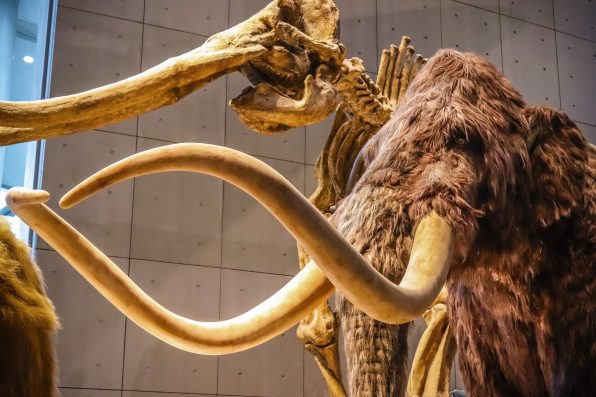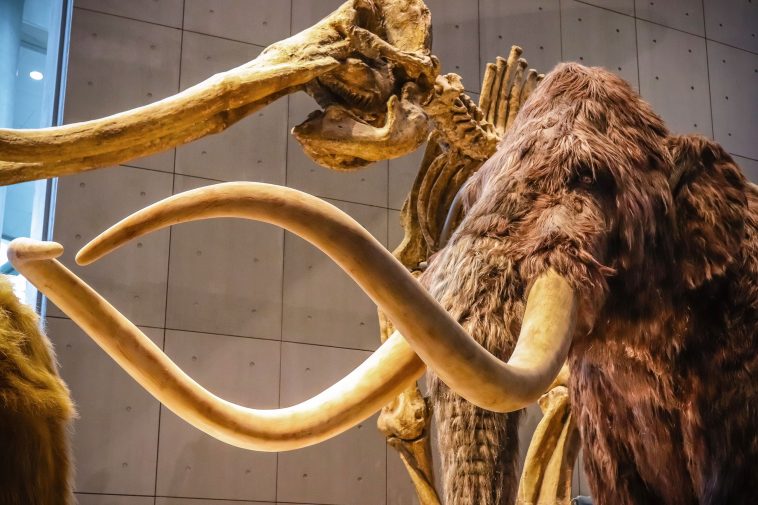By 2028, woolly mammoths may return to life after being extinct for over 4,000 years. Researchers from the de-extinction company Colossal Biosciences have successfully created stem cells that can grow into any cell type in the body, allowing them to open the door to “reprogramming” an elephant.
The ability to induce elephant cells to become what is known as “pluripotent” stem cells is crucial to resurrecting a woolly mammoth. In 2006, a scientist named Shinya Yamanaka figured out how to make cells from adult animals turn into stem cells.
Since then, the process has been applied to animals like rabbits, big cats, northern white rhinos, and even humans. Until now, it has never been done with an elephant before.
The first step toward creating a living, breathing mammoth is to identify the genes that give the animal its key traits, which include tolerance to the cold, curved tusks, and a domed skull.
To find those genes, scientists must look at the Asian elephant, the closest living relative of the mammoth. After comparing the DNA of modern elephants with surviving DNA from a woolly mammoth corpse, they will alter certain genes to develop what they hope will be an animal with mammoth-like characteristics.
The resulting creature will be an elephant-mammoth hybrid, but the ultimate goal is to produce a creature that is entirely a woolly mammoth genetically. The Asian elephant already shares a 99.6 percent genetic makeup with the extinct giant.
Researchers at the company assert that the de-extinction project is not just a scientific breakthrough; the act of reviving a species that has been gone for thousands of years can benefit the Arctic’s environment by reducing moss and increasing grassland, helping to mitigate the effects of climate change.
“We hope we can affect an ecosystem in a positive way that maybe 10,000 years ago was degraded by humans, contributing to the demise of almost all major herbivores in the Arctic, causing a transition from grass to trees,” George Church, a geneticist and co-founder of Colossal Bioscience, told IFLScience.
“Trees are less photosynthetically productive; they trap more heat because they’re kind of like these black lightning rods, and they also trap snow in the winter so that they insulate the ground from freezing quickly,” he continued.

Sign up for Chip Chick’s newsletter and get stories like this delivered to your inbox.


